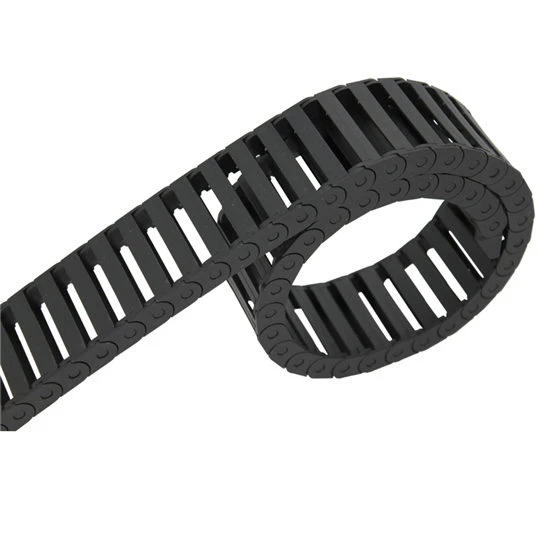flexible cable carrier chain
Flexible Cable Carrier Chains A Comprehensive Guide
In today’s fast-paced industrial environment, the need for efficient and reliable transportation of electrical cables and hoses is paramount. This is where flexible cable carrier chains come into play. These innovative solutions are essential for protecting cables and hoses from wear and tear, while simultaneously facilitating smooth movement in various automated systems. In this article, we will explore the functionality, benefits, and applications of flexible cable carrier chains in modern industries.
Understanding Flexible Cable Carrier Chains
Flexible cable carrier chains, also known as energy chains or drag chains, are designed to guide and protect flexible cables and hoses in dynamic applications. As machinery and equipment undergo constant movement, these carrier chains ensure that cables are not subjected to excessive bending, twisting, or abrasion. Made from durable materials like plastic or metal, they come in a variety of sizes and configurations to suit different operational needs.
Core Components and Design Features
At first glance, a cable carrier chain may seem straightforward, but its design encompasses several important features. The main components include links, inner and outer widths, height, and bend radius. Each of these elements is crucial in determining the chain's capacity to accommodate the specific cables or hoses it will carry.
1. Links The chain is made up of interconnected links that allow for flexibility and movement. These links can be custom-designed for particular applications, ensuring that the chain can handle the necessary load without compromising performance.
2. Bend Radius The minimum bend radius is a critical factor that influences the durability and reliability of the cables used within the chain. Manufacturers usually provide guidelines regarding the minimum bend radius to prevent damage to the cables.
3. Materials The choice of materials is fundamental. Plastic chains are lighter and resistant to corrosion, making them ideal for light-duty applications. On the other hand, metal chains are favored in harsher environments due to their strength and durability.
Advantages of Flexible Cable Carrier Chains
Flexible cable carrier chains, with their versatile design, offer a multitude of benefits
1. Protection The primary function of these chains is to protect cables and hoses from mechanical damage. This results in a decreased risk of cable failure, reducing downtime and maintenance costs.
flexible cable carrier chain

2. Increased Mobility With a cable carrier system, the movement of machinery can be more fluid and efficient. The chains facilitate smooth operation at various speeds, allowing for the seamless integration of automation technologies.
3. Space Efficiency Flexible cable carrier chains can be designed to occupy minimal space, making them an ideal solution for congested areas. Their modular design allows for easy adjustments based on evolving operational needs.
4. Versatility These systems can be employed across various industries, including manufacturing, robotics, packaging, and even in the automotive sector. Their adaptability to different environments, from clean to harsh, further enhances their appeal.
Applications of Flexible Cable Carrier Chains
The application of flexible cable carrier chains is vast, cutting across multiple sectors
- Robotics In robotic systems, flexible cable carrier chains ensure that the cables powering the robots do not hinder movement, thus maintaining efficiency and precision.
- CNC Machines These chains facilitate the smooth operation of CNC machines by keeping the cables organized and protected from the machine’s intricate movements.
- Automated Production Lines In automated environments, where machinery operates continuously, the chains manage a multitude of power and data cables, enabling uninterrupted operations.
- Construction Equipment Heavy machinery on construction sites benefits from cable carrier chains that can withstand rugged conditions while protecting vital hydraulic hoses and electrical lines.
Conclusion
In conclusion, flexible cable carrier chains have become an integral part of modern machinery and automation systems. Their ability to protect cables, enhance mobility, and offer versatility across various applications makes them indispensable in today’s industrial landscape. As technology continues to advance, we can expect further innovations in the design and functionality of these carrier chains, ensuring they remain at the forefront of operational efficiency and safety. Investing in quality cable carrier solutions is not just a choice but a necessity for businesses aiming to streamline their processes and minimize operational risks.








